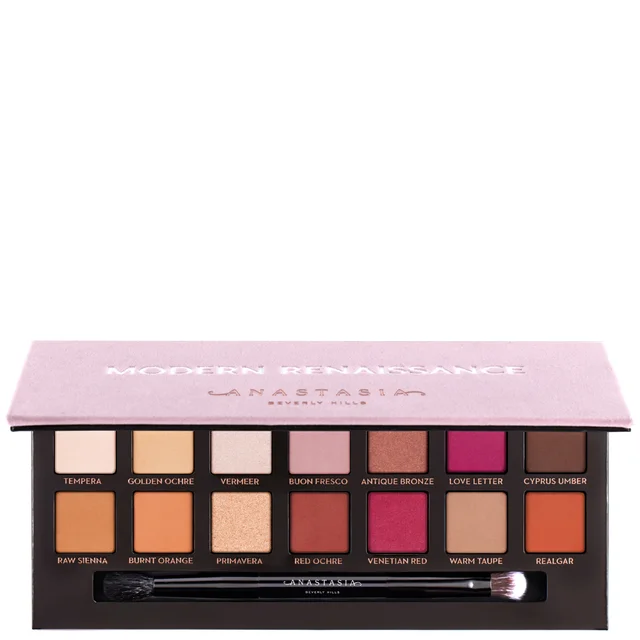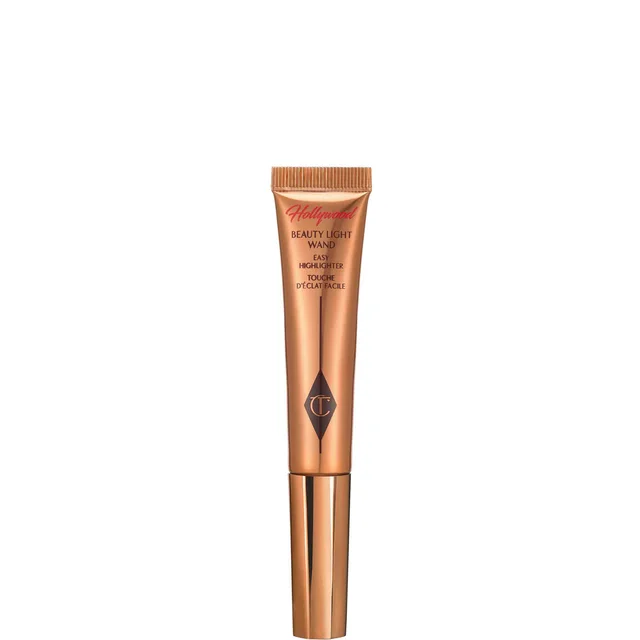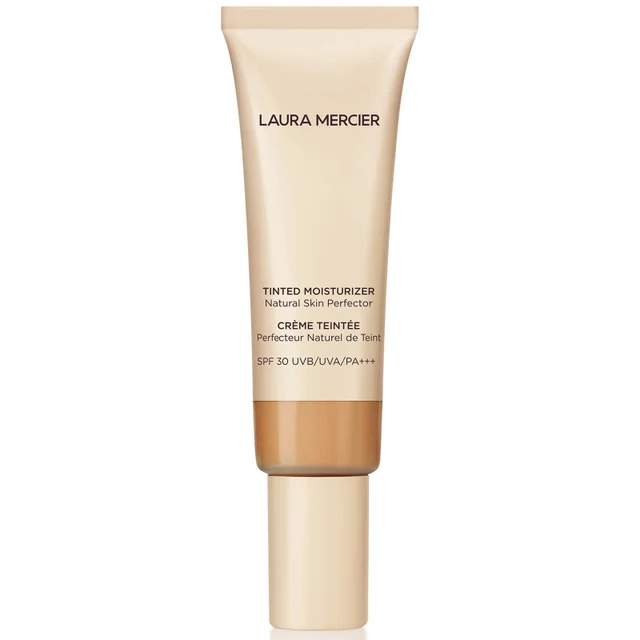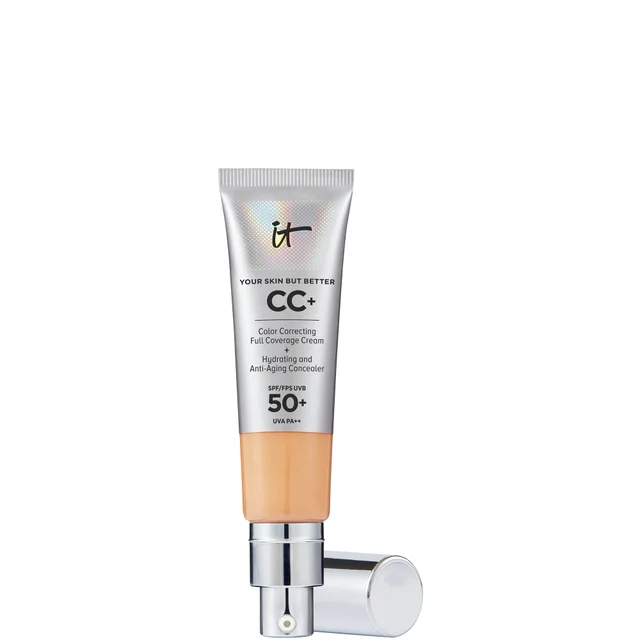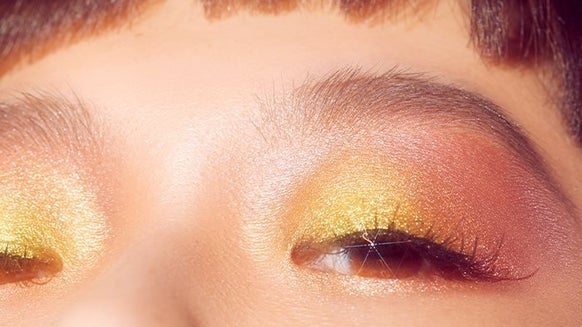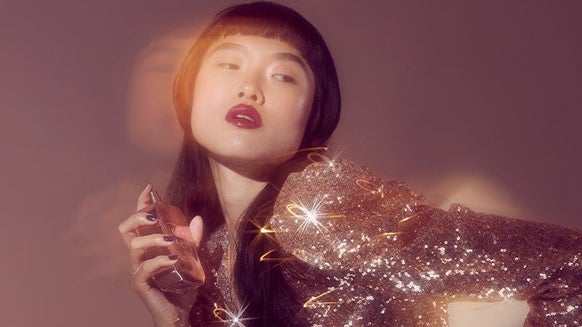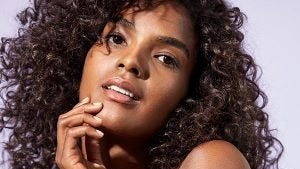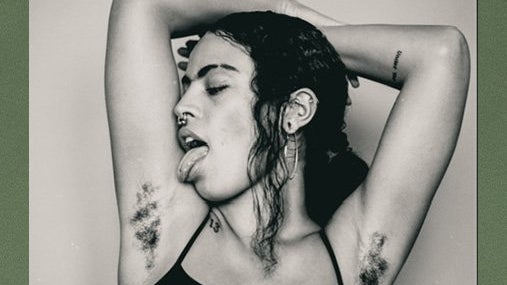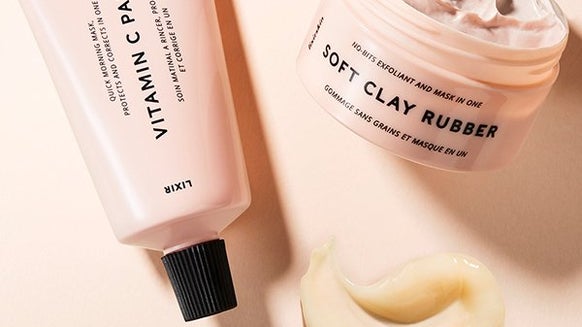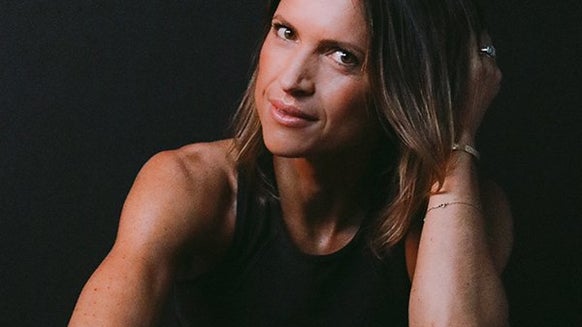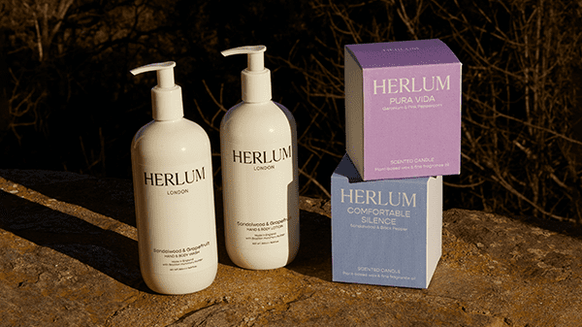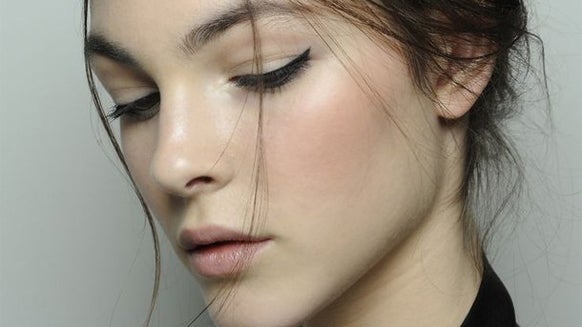SUMMER IS A STATE OF MIND: LUCY DAWSON ON REMOVING EXPECTATIONS OF YOUR BODY FROM YOUR SUMMER LINE UP
My name is Lucy Dawson — you might have seen me floating around your TikTok For You Page with a plethora of colourful walking sticks. But, if not… Hi! I’m a 28-year-old disabled content creator and model, brain disease survivor and mother of cats from the East Midlands.
When I was 20, I was misdiagnosed as being mentally ill and sectioned for three months in a psychiatric ward. In fact, I had a rare brain disease called Anti-NMDA Receptor Autoimmune Encephalitis, an inflammation of the brain caused by the body attacking its own healthy cells. It’s often fatal, with symptoms causing personality changes, confusion, hallucination, memory loss and loss of autonomic functions. On top of my misdiagnosis and lack of treatment for my brain disease, I also suffered a further incident that led to a third degree burn permanently paralysing my lower left leg.
All this combined meant that, at 21 years old, I had to relearn how to walk, talk, read and write, but also to navigate the world with both a newfound physical disability and a non-apparent disability in the form of a brain injury.
DISABILITY AND BODY IMAGE
Becoming disabled at a young age, especially in the way that I did, resulted in me feeling extremely out of control of my body and the ways it would go on to change. A big hurdle in the path to accepting your disabled body is letting go of control over the way that you look, because being unwell to any degree often leads to changes that you have no say in.
As I’ve gotten older, I’ve greatly appreciated the open conversations I’ve had with my closest friends regarding experiences of our bodies growing up. Experiences that I once thought were unique to myself —resulting in feelings I’ve stored away for years — have been revealed as far from unique.
The truth is, those of us who were teenagers during the noughties were spoon-fed toxic diet culture and unrealistic beauty standards from the minute we could read, from the second we had access to a television and from the instant we first created a social media account. This is further true for those that came before us, with nineties magazine covers plastered with tips to ‘drop a dress size in a week’ and articles villainising celebrities with cellulite or stretch marks.
It’s no wonder then, that looking in a mirror was (and for many, still is) like opening a criminal investigation — you, the detective, trying to search through so-called flaws to point out the reason you're simply not good enough. And that's before you consider the added layer of being a disabled woman, at which point it becomes incredibly poignant to acknowledge the significance of intersectionality and how being in a marginalised group can often lead to layered challenges and pressures.
In my experience, seeing the way that my body has changed has been very difficult to handle — from weight loss while being completely immobile and fed through a tube for three months, to post-hospital weight gain due to treatments, medicine, depression and other factors.
It’s true, however, that time is the greatest healer. There have been occasions when the voices echoing those beauty standards have prompted me to do extreme things to seek out a more typically ‘desirable’ body. But I can confirm — as your now much older, much wiser internet big sis — that every ridiculous thing I’ve done to try and make myself closer to perceived perfection has only further damaged my relationship with my body.
Ultimately, there’s peace in letting go of societal pressures and appreciating your body for what it is and all the things it does for you. As such, I now live by the concept of ‘body neutrality’ as much as possible — it’s the idea that I don’t have to love every single thing about my appearance, but I certainly don’t have to hate it either. My worth doesn’t come from my outer shell and instead I try to focus my attention and energy on how I can be the best version of myself in other ways, with the hope that when people remember me it will be for my kindness — not my appearance.
DISCOVERING SELF-ACCEPTANCE
Diversifying my social media feeds and rejecting the idea of ‘copy and paste’ beauty standards has been a turning point in my journey to self-acceptance. The most glorious part of this has been meeting other disabled people (who I followed to help me on my own journey) going from internet friends to real life friends. Finding these individuals and loving them so dearly has been a great help in addressing my internalised ableism, which is unfortunately a common part of living with a disability, as we are fed so many damaging rhetorics about disabled people being inferior that we eventually allow this to impact our view of ourselves. Through connecting with others, however, I ultimately realised that if I held no judgements or negative thoughts about my friends and their disabilities, why was I being so cruel to myself?
With this in mind, I became determined to improve the representation and visibility of disabled people on social media, as well as in fashion as my modelling career took off. My greatest joy is receiving regular messages from disabled people telling me that my posts have given them the confidence to proudly use their mobility aids in public for the first time.
TUNING OUT EXTERNAL OPINIONS
Speaking of mobility aids, it’s safe to say that my 20-strong collection of colourful walking sticks and zebra print orthotic leg (a carbon fibre mobility aid worn over the paralysed part of my leg to provide support) attract some attention when I go out and about. I’ve come to expect that I do stand out as ‘different’, especially when attending any event where there’ll be large amounts of people who are meeting/seeing me for the first time.
Unfortunately, I’m often met with rude and unpleasant comments from strangers when I’m in public. For some reason, having a disability makes people feel entitled to your entire medical history, regardless of the fact you’ve never exchanged so much as a ‘hello’. One experience that springs to mind when I think of this happened just last year when I attended a pool party, which presented a moment of vulnerability for me as someone with body image issues.
I bravely sported a swimsuit (and a very cute one, at that!), but my self consciousness was exacerbated by the sets of eyes I could feel burning into my orthotic leg and walking stick. I could see fingers pointing, heads turning, whispers and more. To top it off, numerous older men were shouting: ‘What’s up with your leg... What happened to you?’
It’s such a lonely feeling being the only visibly disabled person in a crowd and to be made to feel as though you stick out. Why must I suddenly become public property and be expected to perform a monologue of the hardest time of my life just for the entertainment of nosy strangers?
TOGETHERNESS
If there was greater visibility and representation of disabled people sat around every table, present at every event (with their access needs met!), fronting every campaign etc., the public would be a lot less shocked by our existence and this would lead to less intrusive questions being asked of us. Until then, I implore everyone to think before they ask questions — you must be sensitive to the trauma you could be about to unlock within someone, but also keep in mind that it’s none of your business.
For those who are struggling with any part of their disability, I encourage you to understand that you’re most certainly never alone, no matter how lonely and isolating your circumstances and situation feel. For that, I personally thank the online disabled community, which offers a world of connection through just a few taps. This space made me feel that — although no one is going through the exact same situation as me — there are always parts of our story that intertwine, so we can find comfort and solidarity in knowing that the barriers we face are not personal attacks on us, but more a result of a much wider flawed system. Being aware of this helped me redirect my anger and frustration at what had happened to me into campaigning for wider change, but also accepting change within myself.
MY SUMMER BEAUTY MUST-HAVES
After my brain disease wiped my memory, I had to relearn absolutely everything. As someone who has always been very glamorous it was an extremely daunting experience to look at my make up bag and realise that I didn't have a clue how to use any of it. Thankfully, watching online tutorials and studying photos of myself from before I was poorly gave me courage to eventually pick up my make up brushes once again and ultimately this was extremely helpful in improving my motor skills and concentration.
I’ve always loved make up as, regardless of the headspace I’ve been in with my body, it boosts my confidence. I feel great trying out different products and finding new favourites — I can remember my first ‘big treat’ beauty buy being the Anastasia Beverly Hills Modern Renaissance Palette. I used it every single day, fascinated by the pigments and textures and how well it blended.
These days, I’m a Charlotte Tilbury girl to my core and more or less every single Pillow Talk item is in my collection. I love how these products apply and how easy it is to create elegant looks that seem like they would’ve taken ages. I use the Charlotte Tilbury Beauty Light Wand to create a glowing base — ‘Glowgasm Pinkgasm’ for blush and ‘Hollywood Spotlight’ for highlight — because they quickly and seamlessly blend to create the perfect dewy look.
When it comes to foundation, I’m a less is more type of person and I find that CC creams and skin tints suit me better — especially in the warmer months. I love the Laura Mercier Tinted Moisturizer Natural Skin Perfector because it includes SPF 30 and the IT Cosmetics Your Skin But Better CC+ Cream With SPF 50+ because it really does exactly what it says on the tube!
For me, summer make up looks are all about enhancing my natural beauty, rather than opting for heavier-finish products. I love anything that elevates and highlights my best bits — amplifying and bringing out that inner confidence is truly a wonderful thing.

